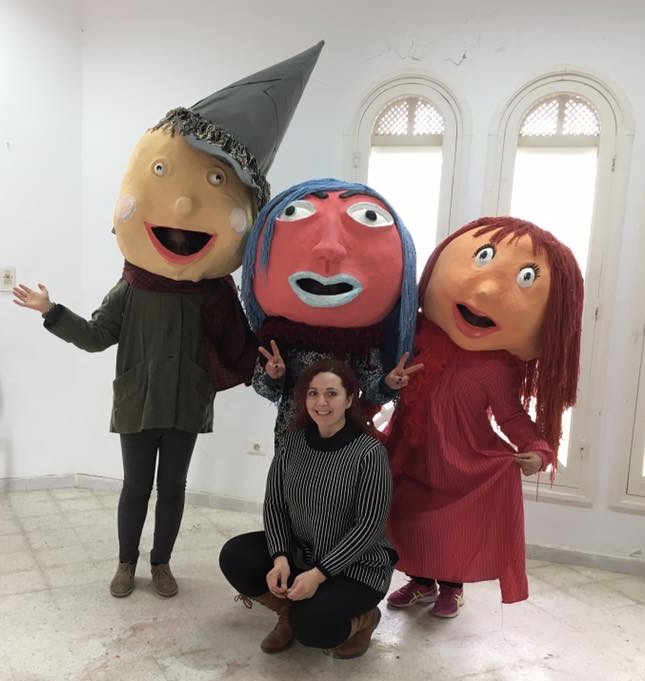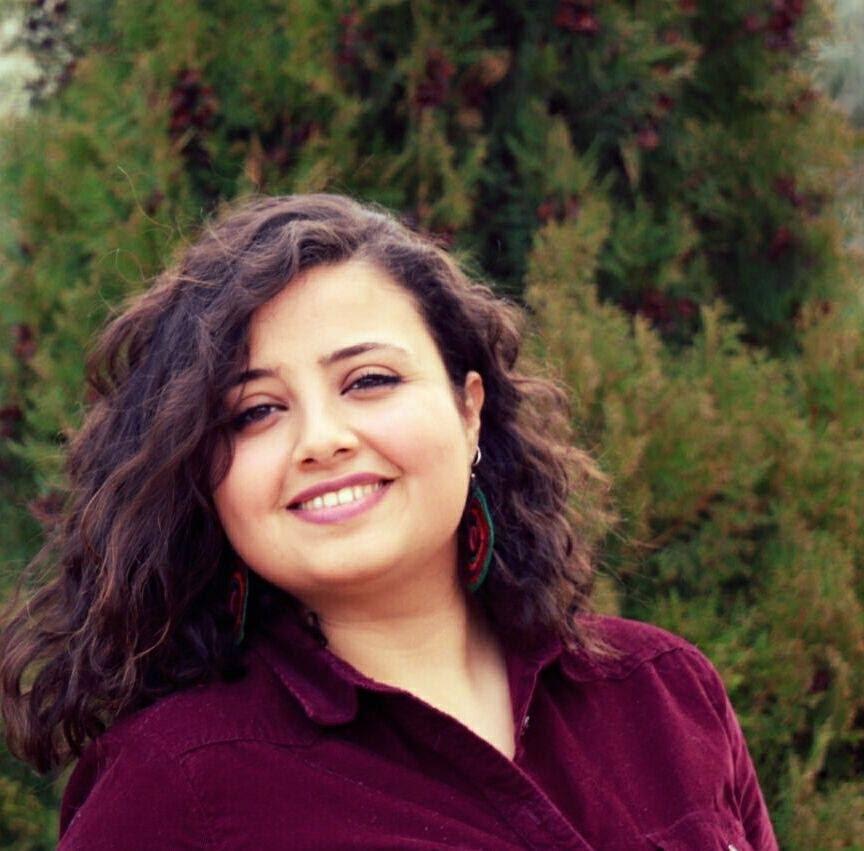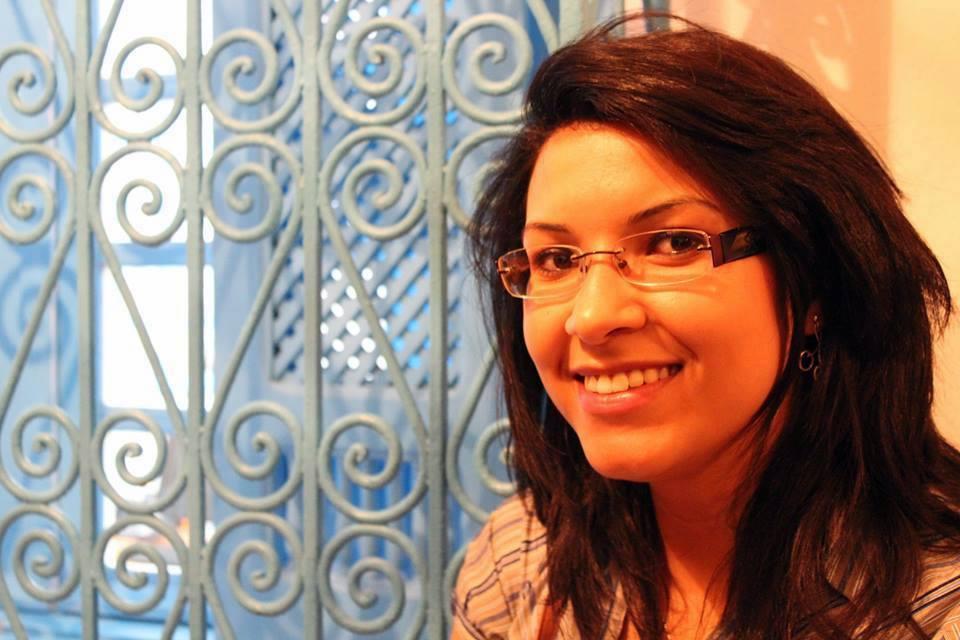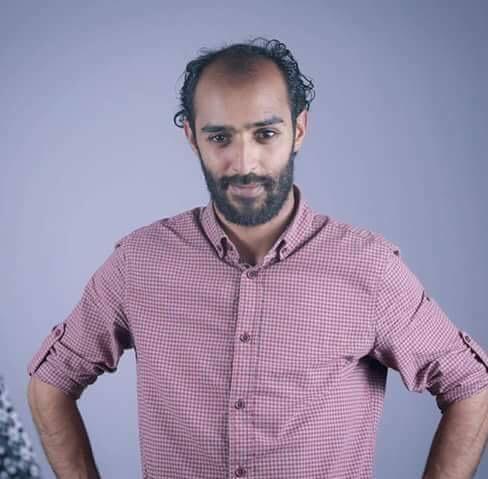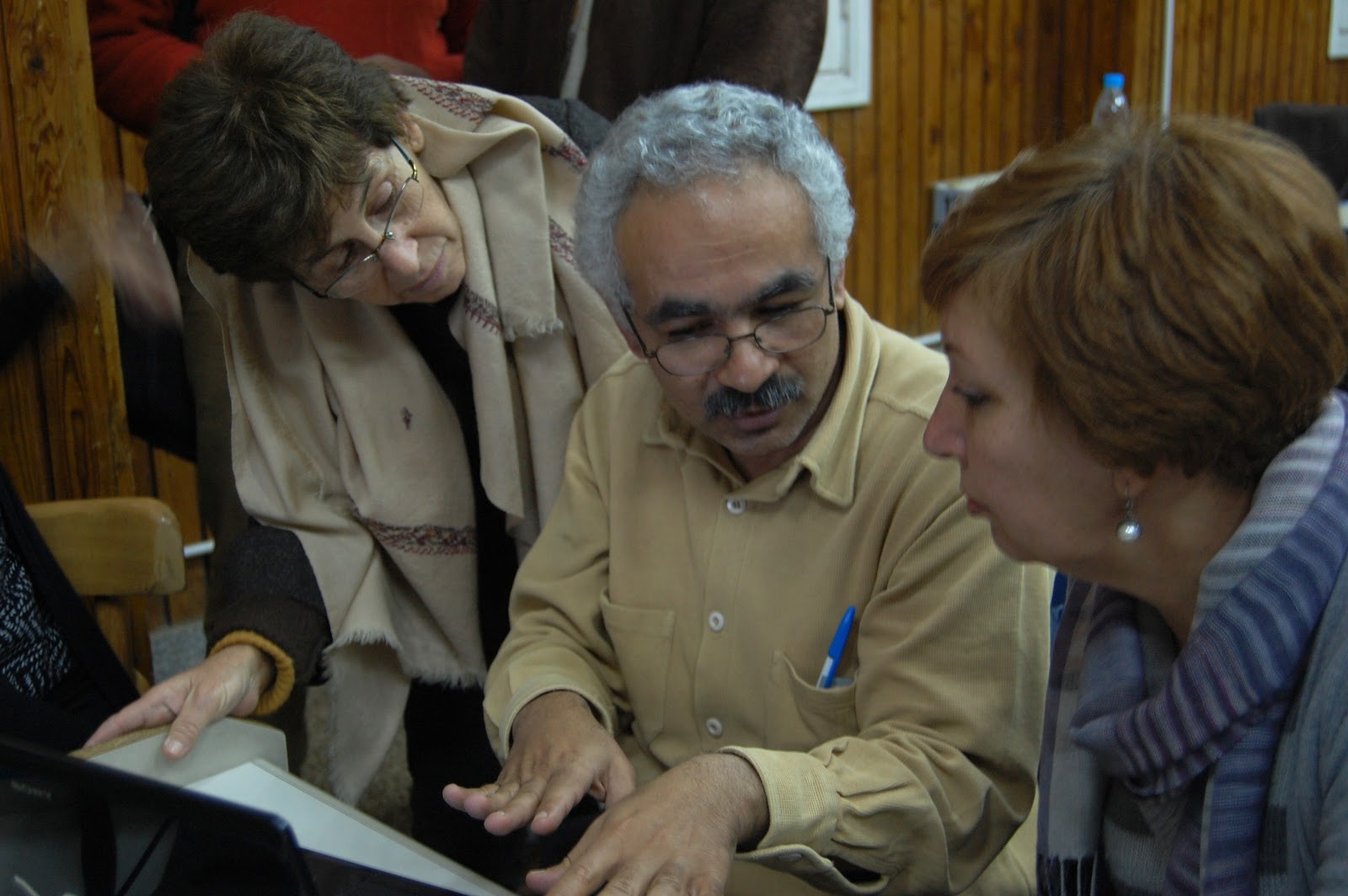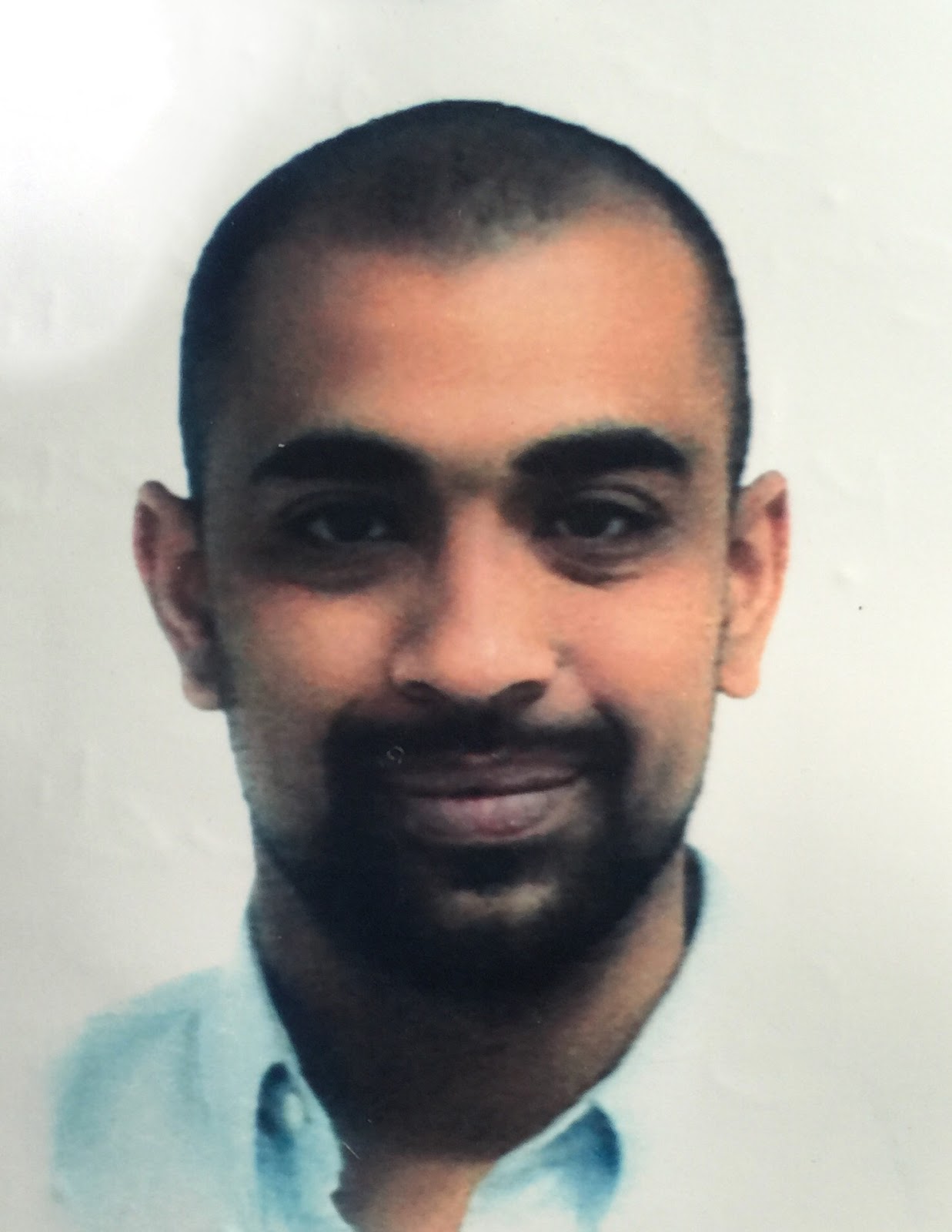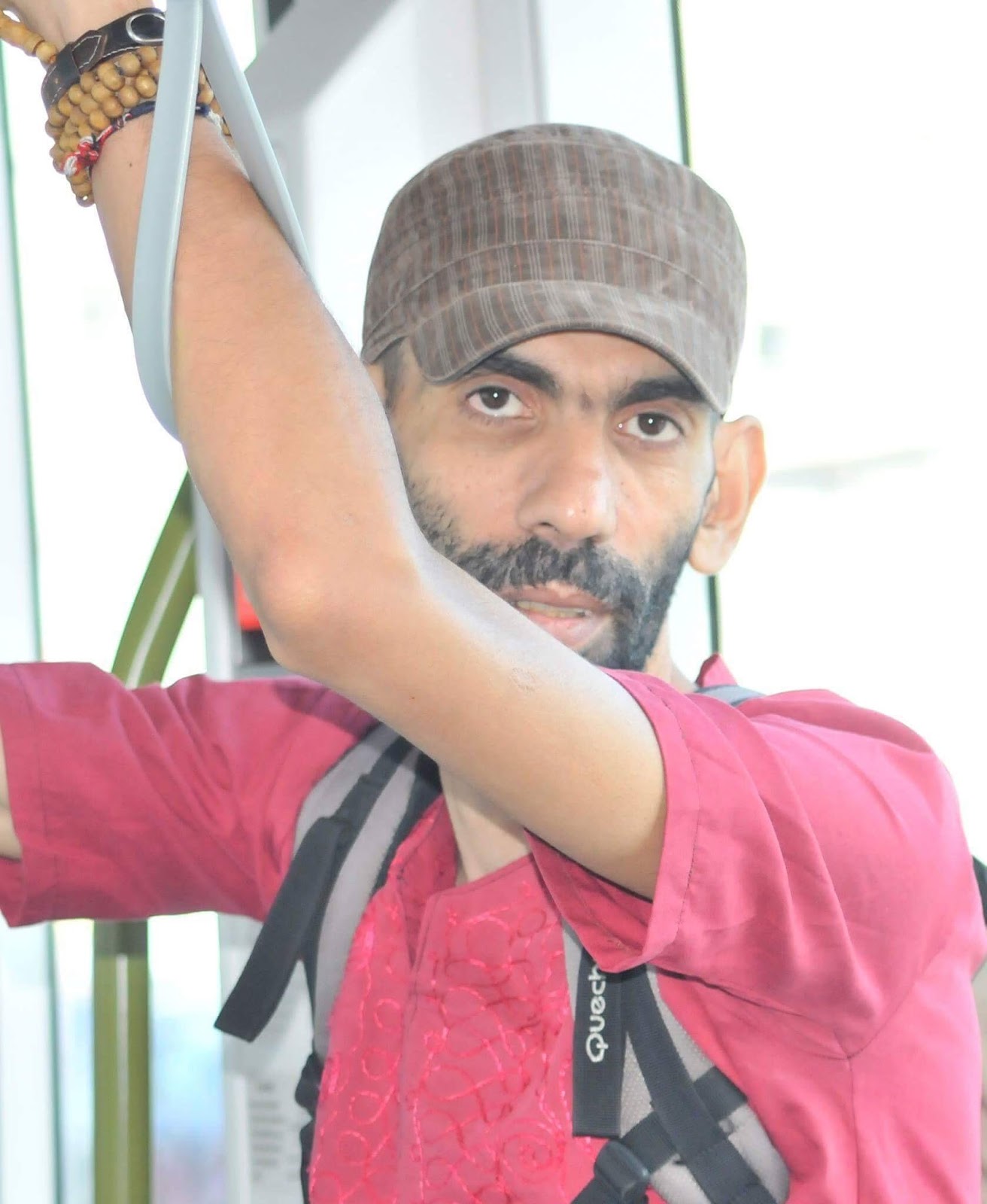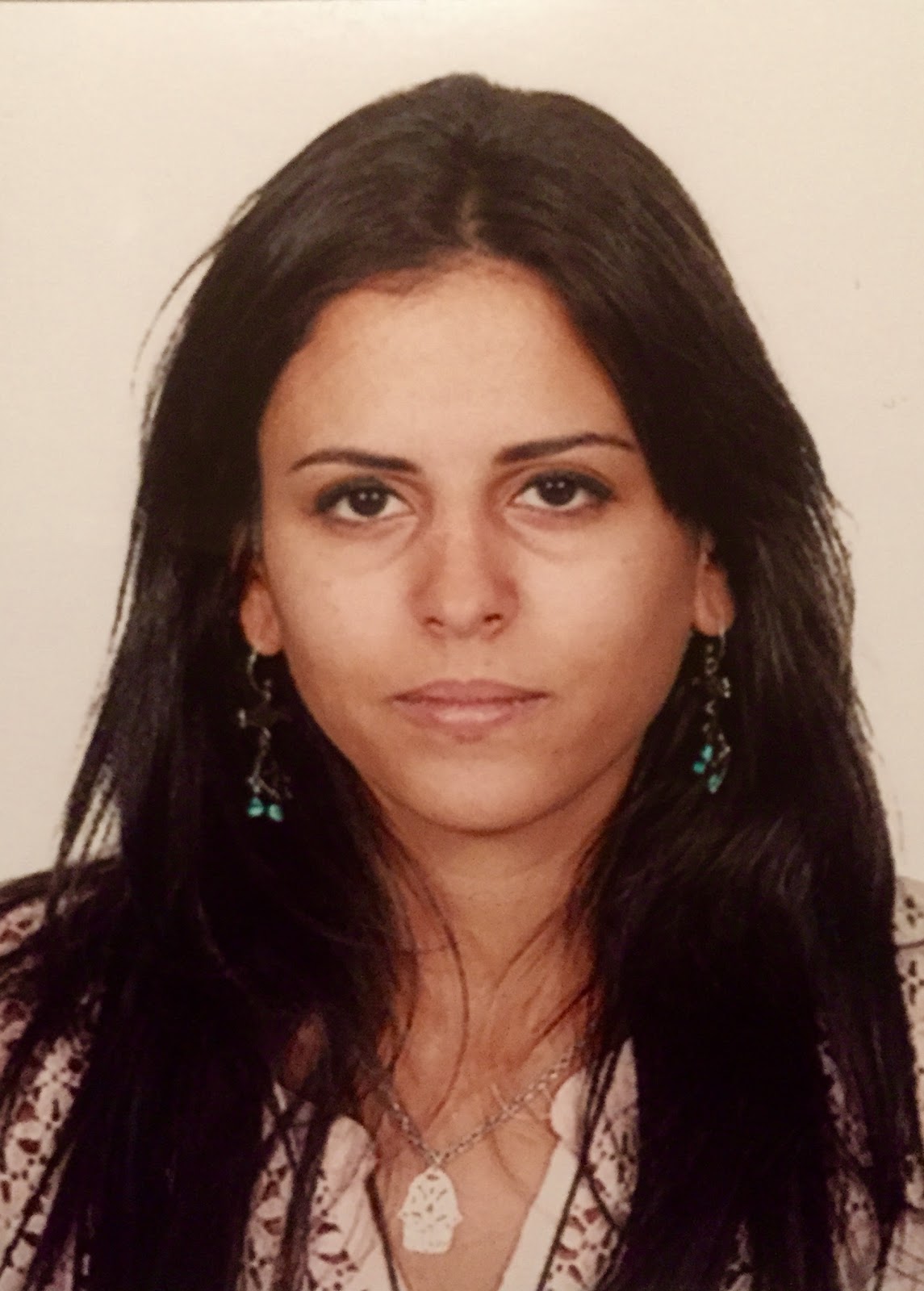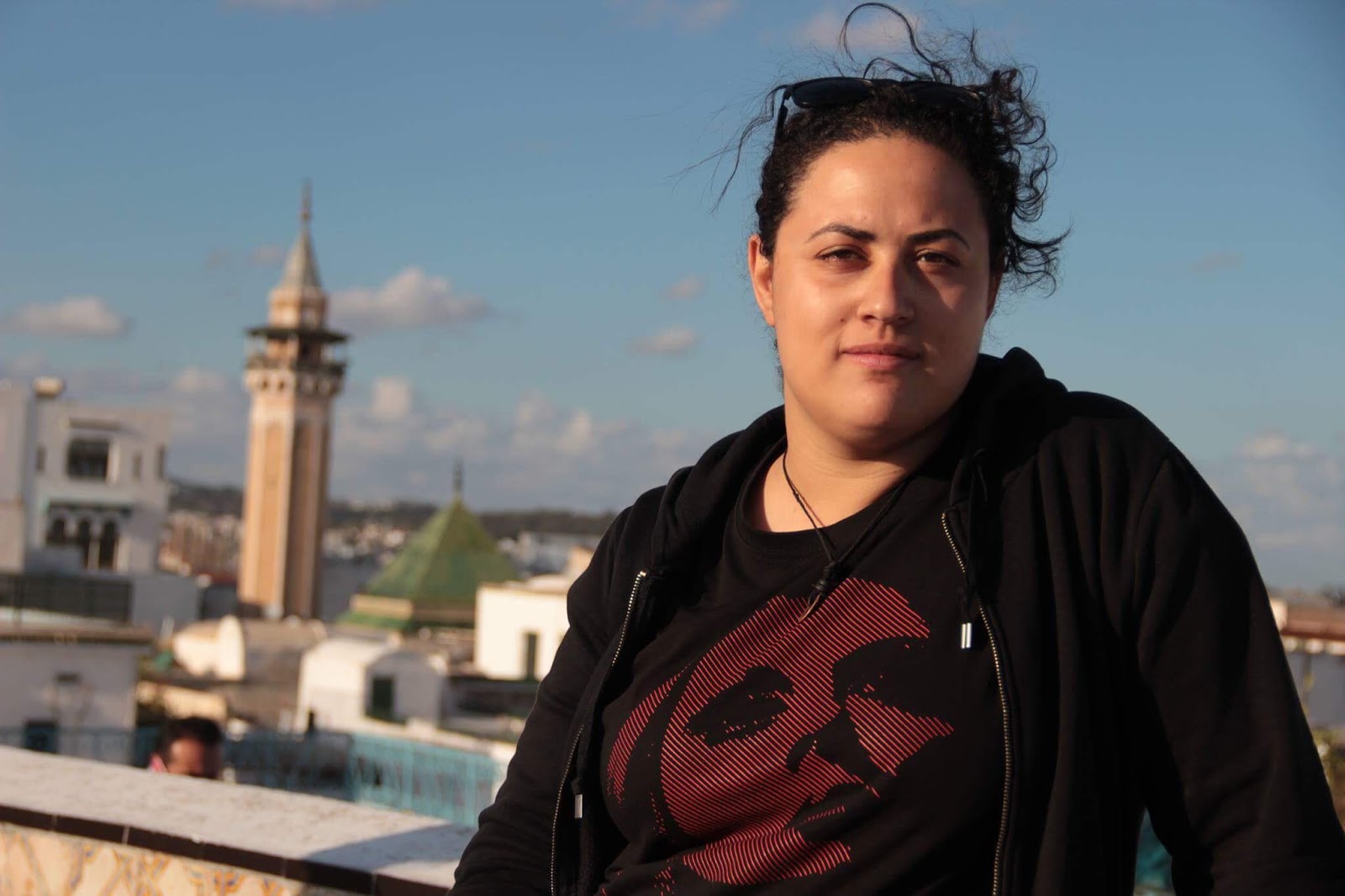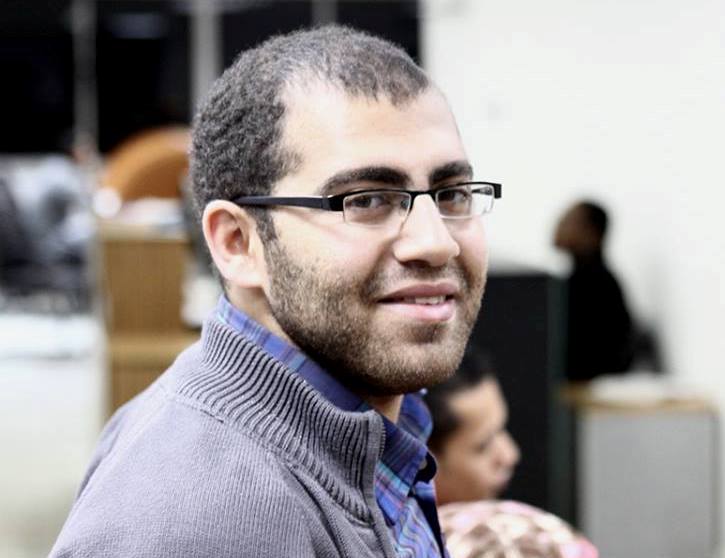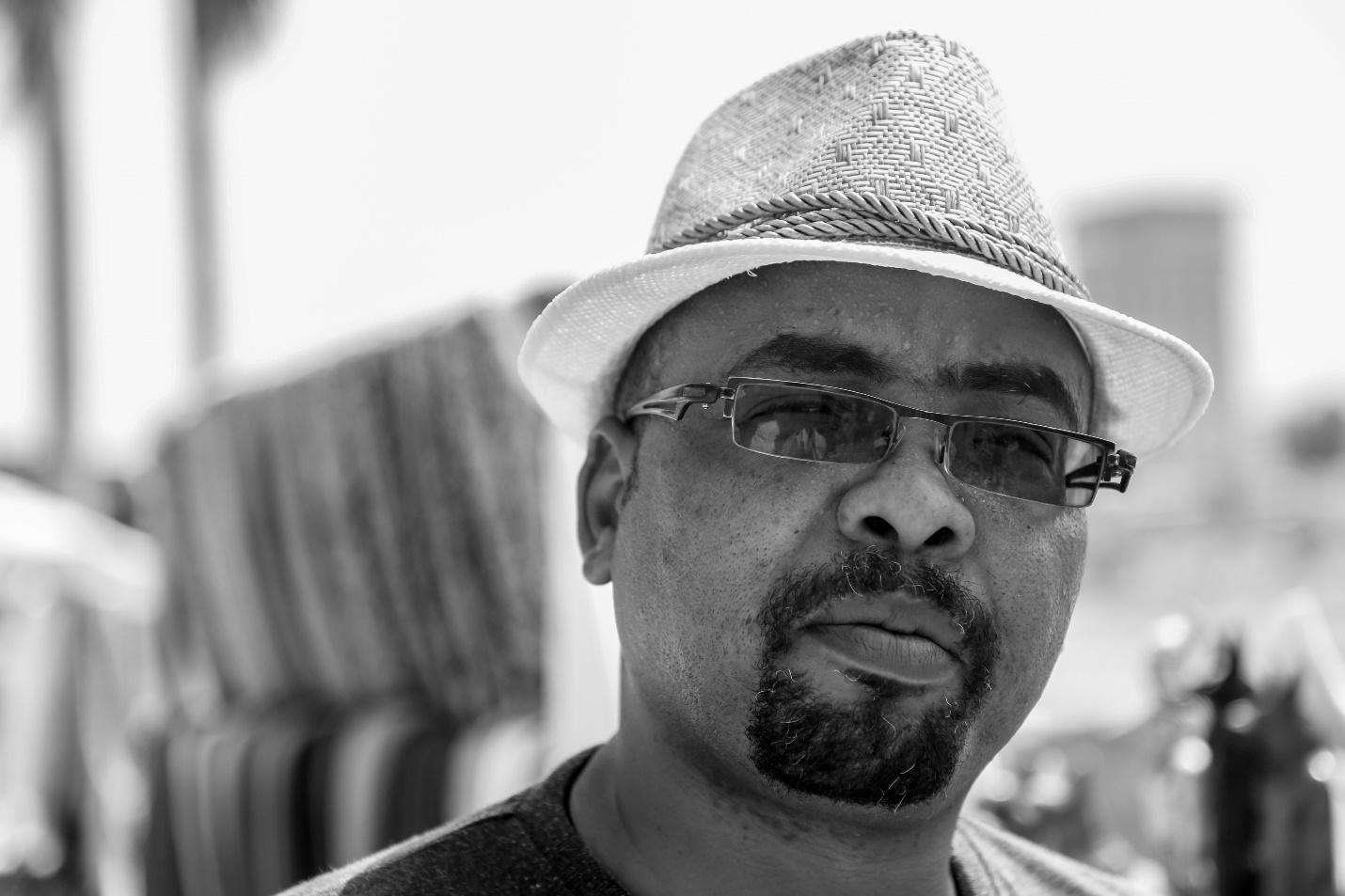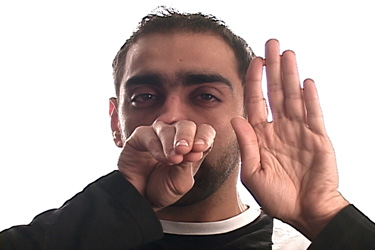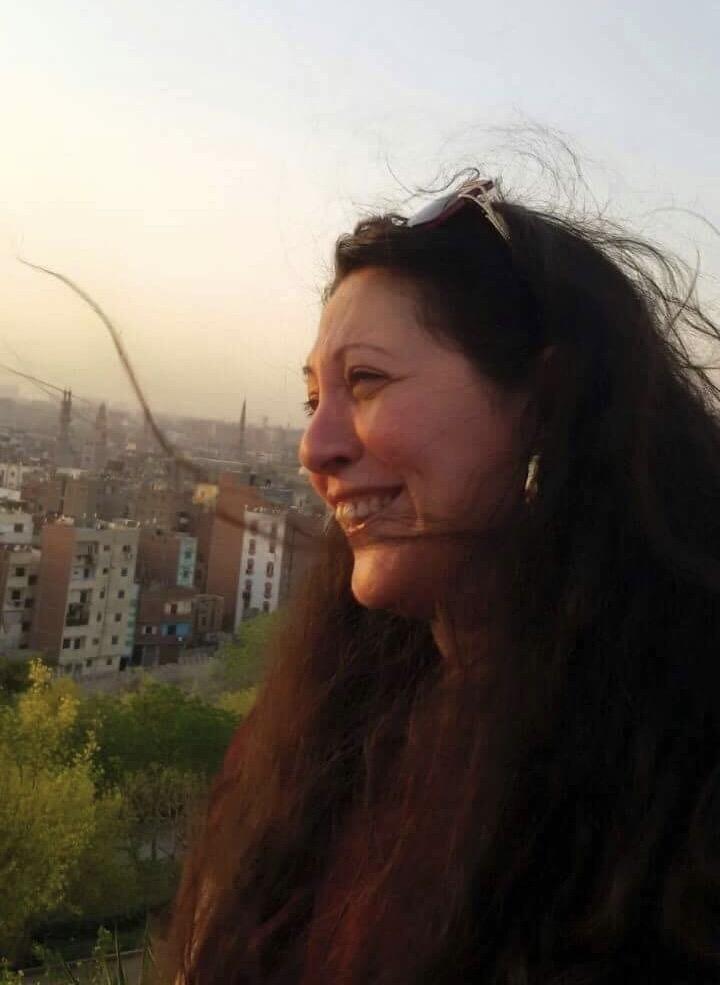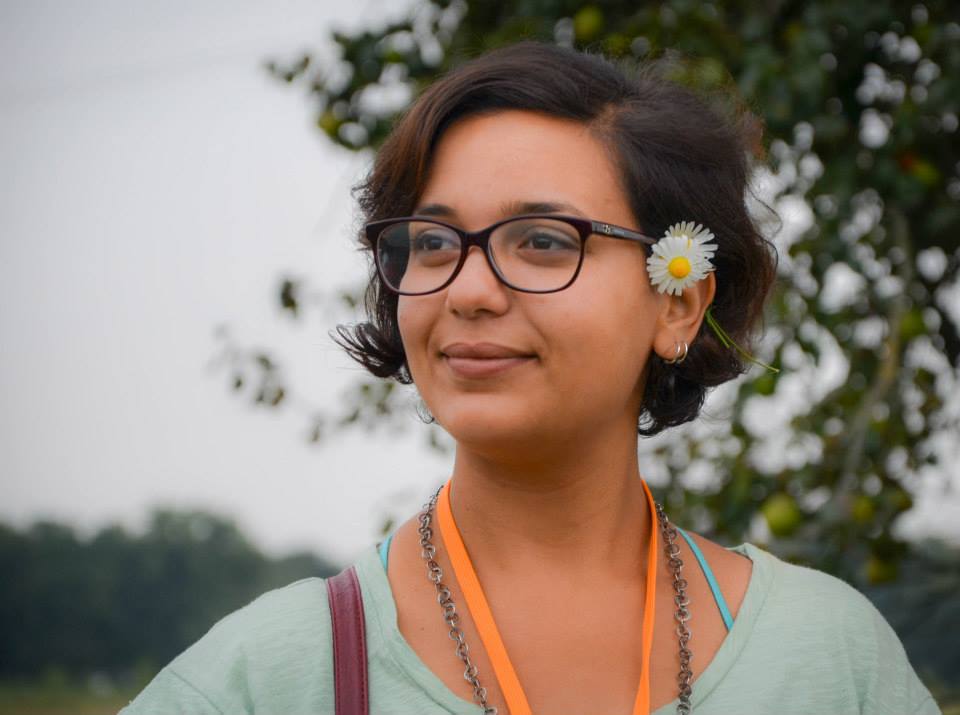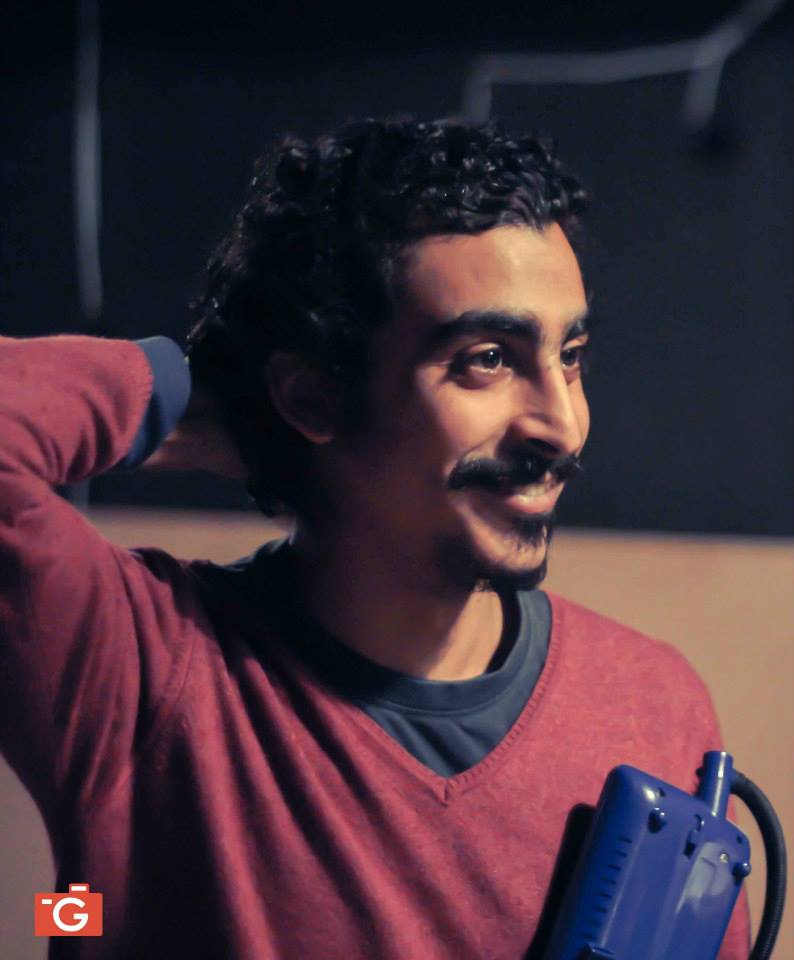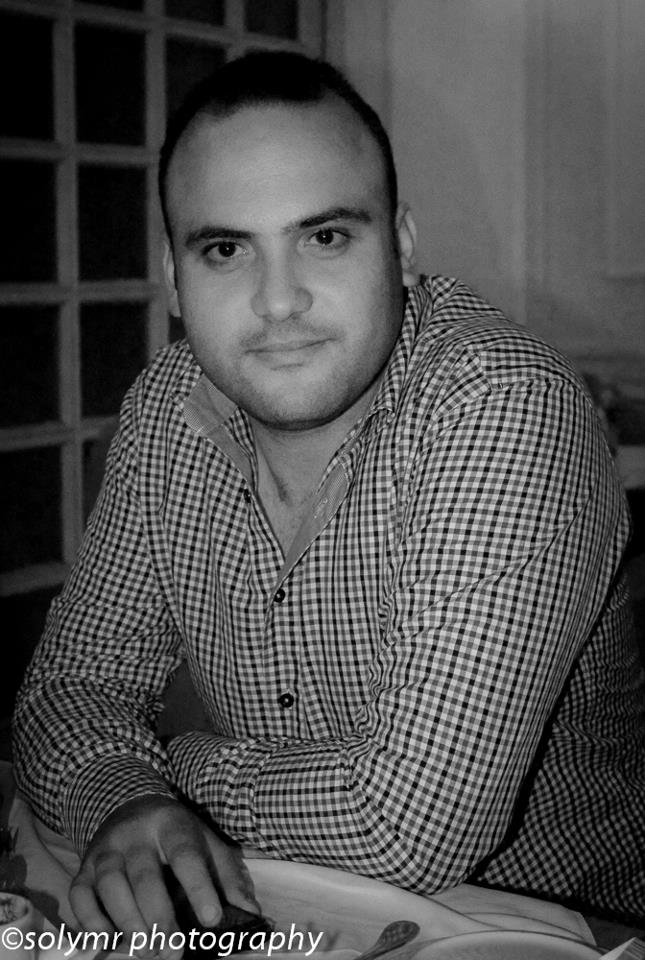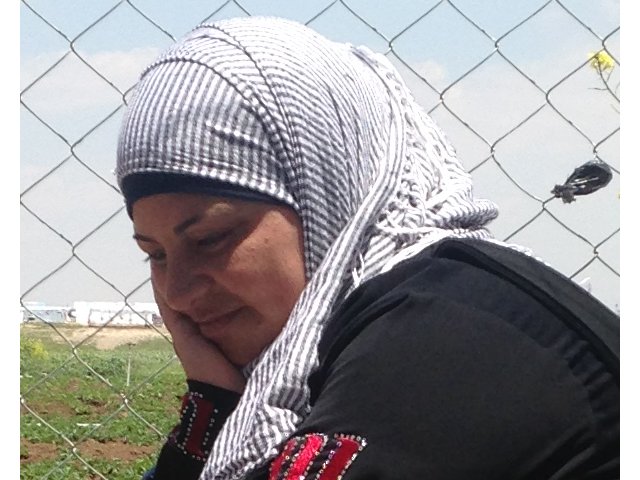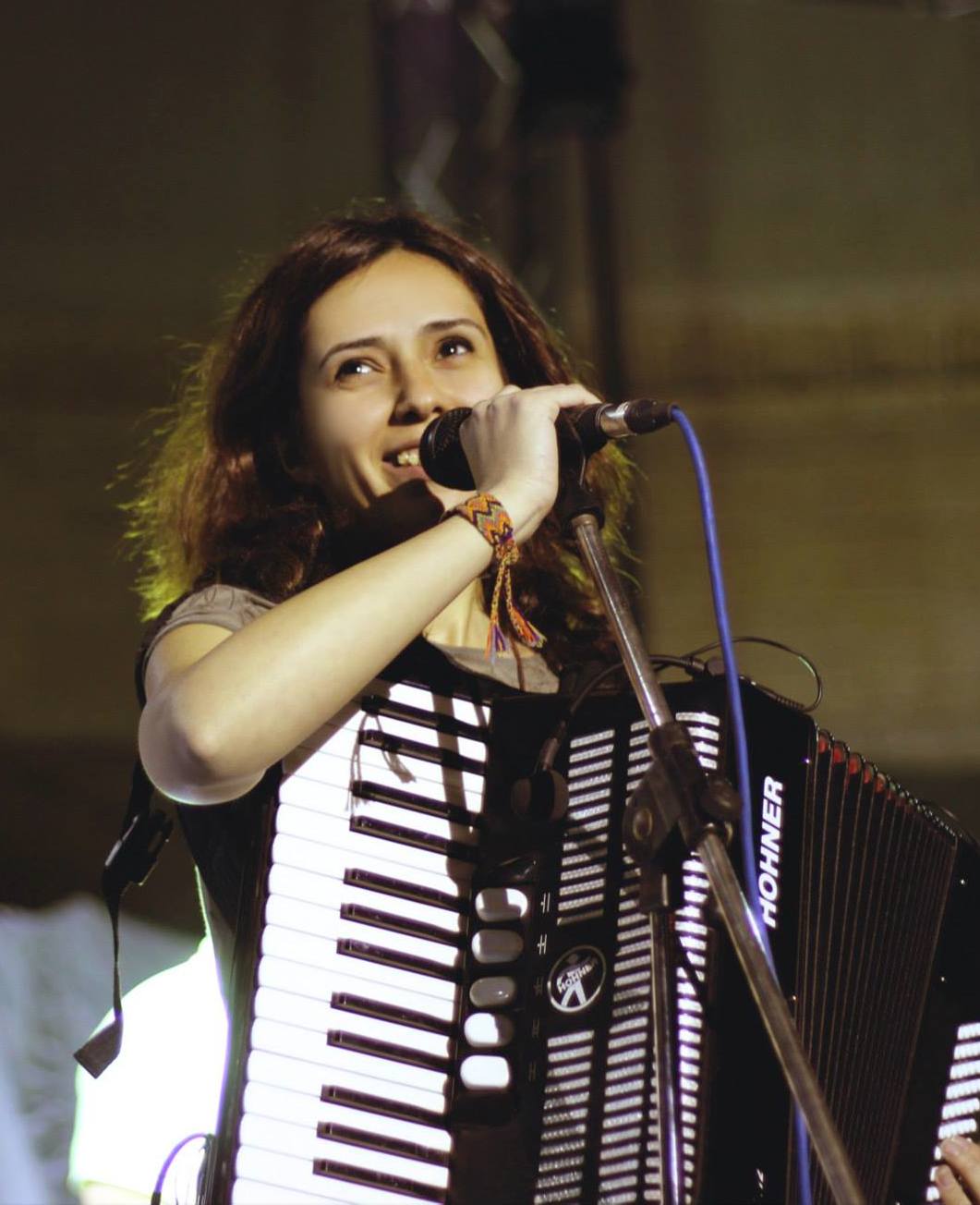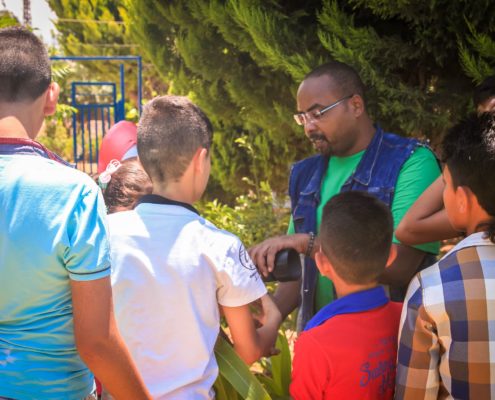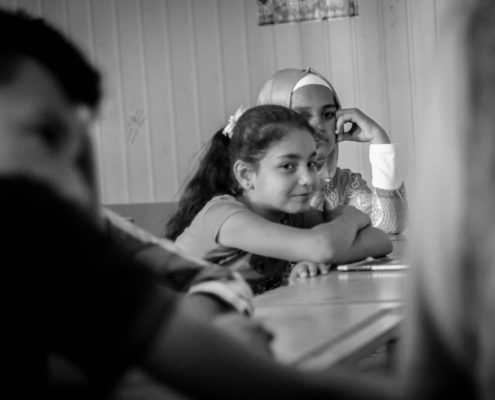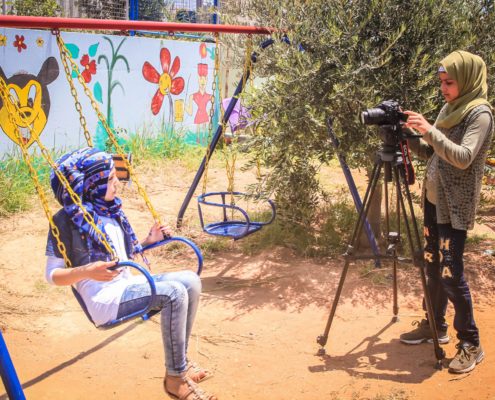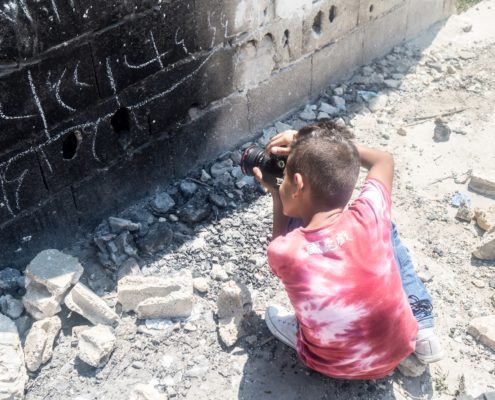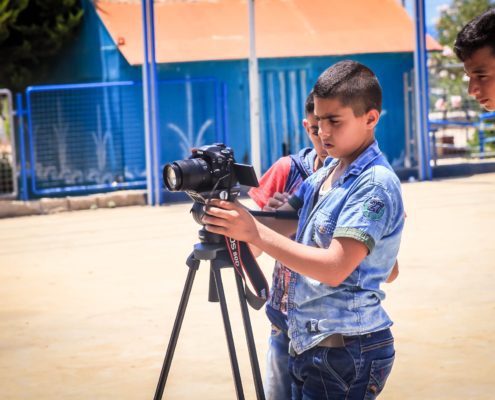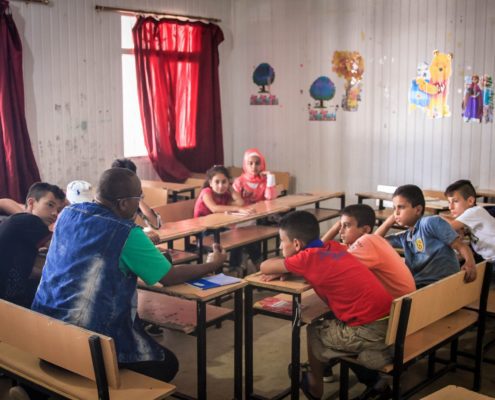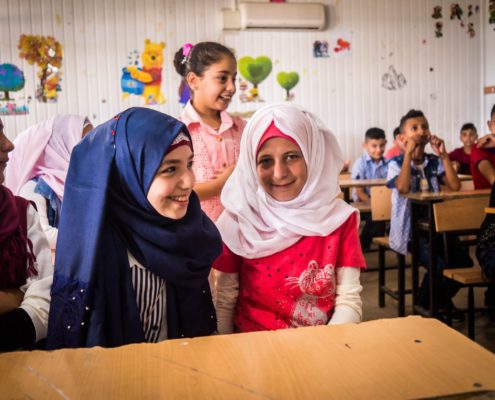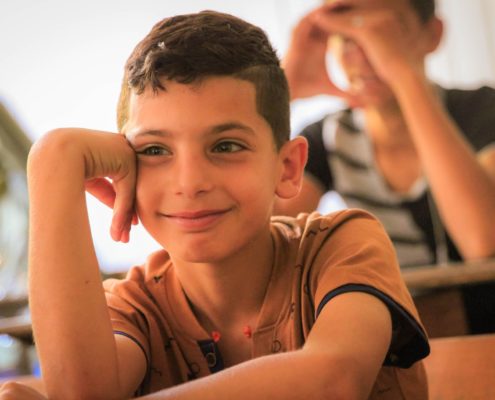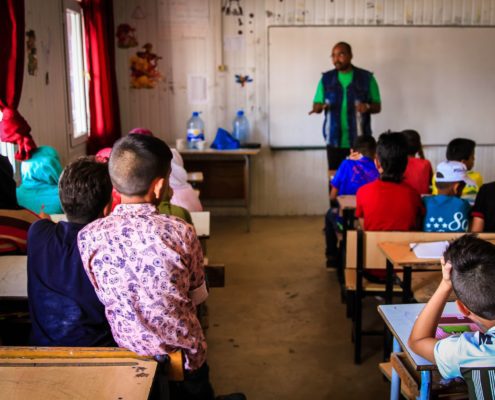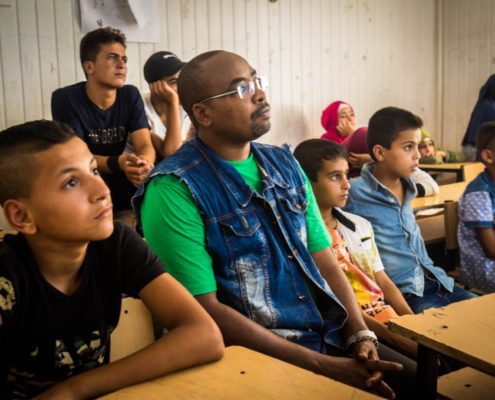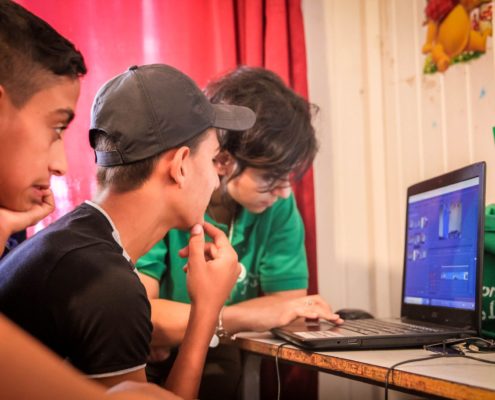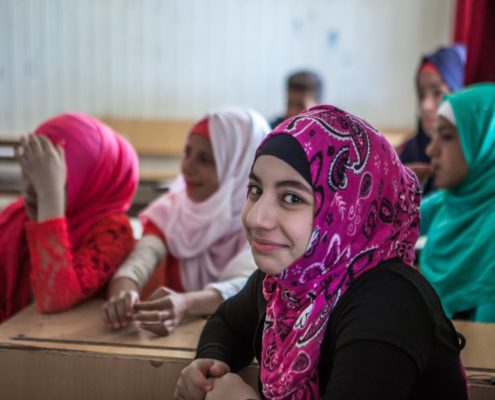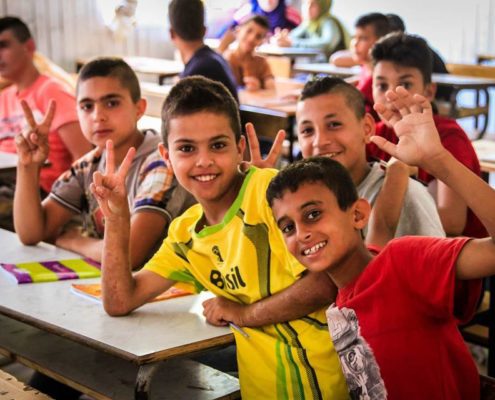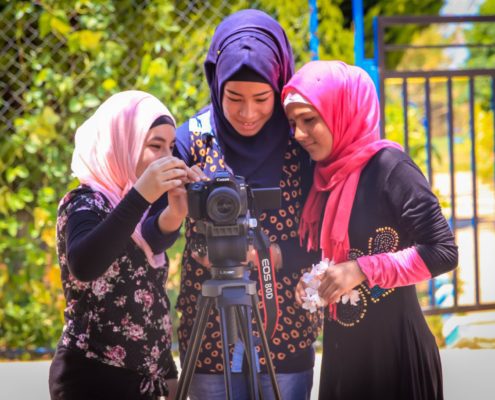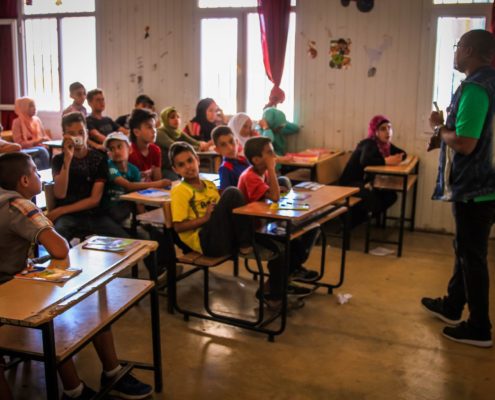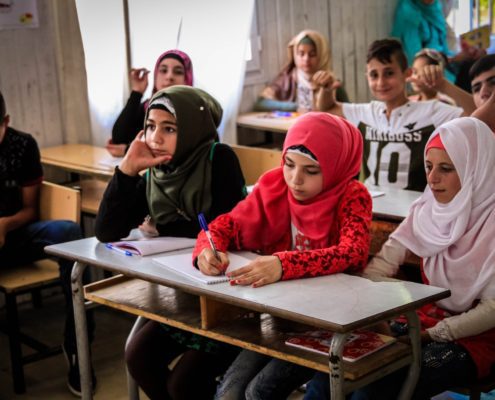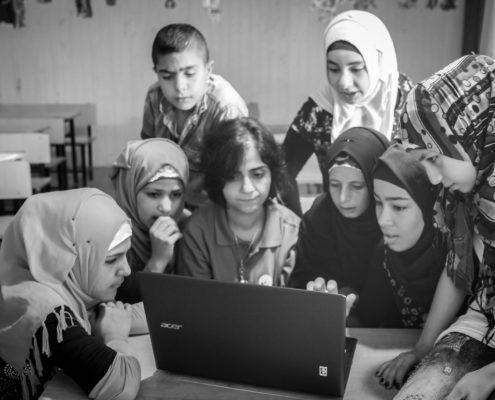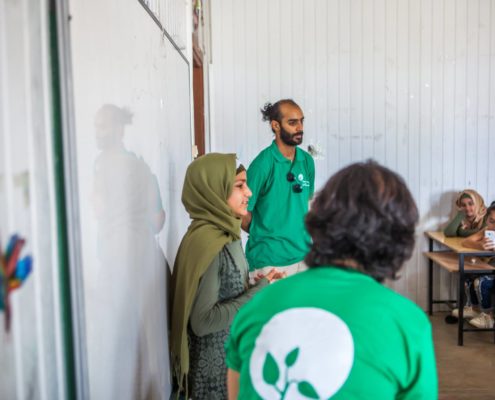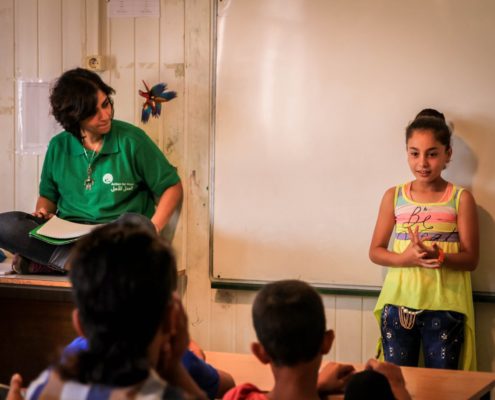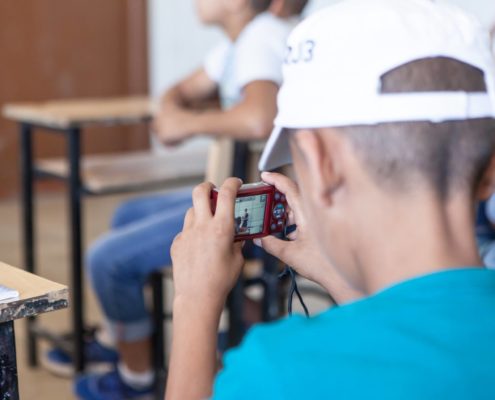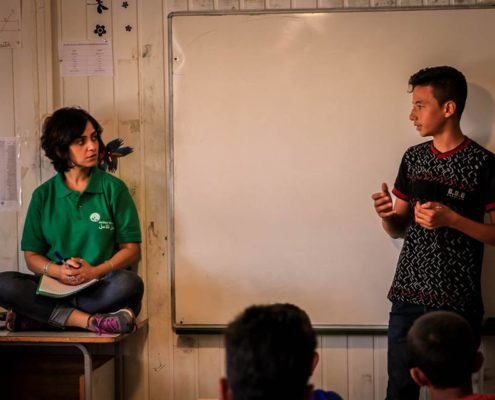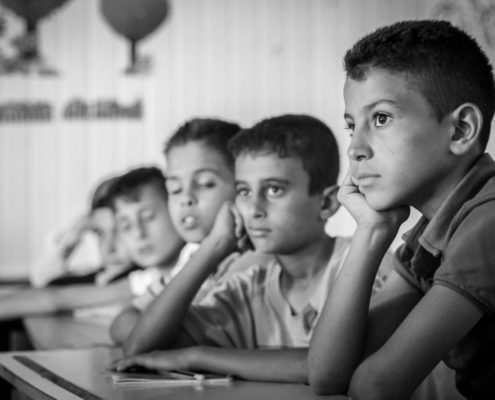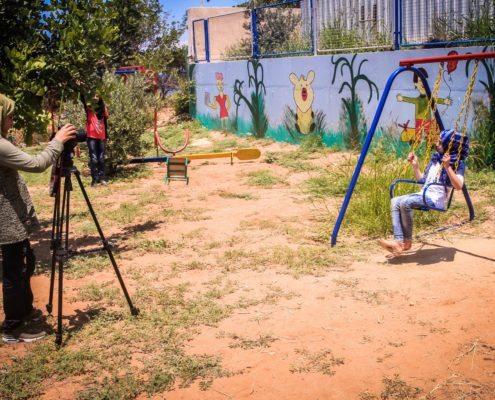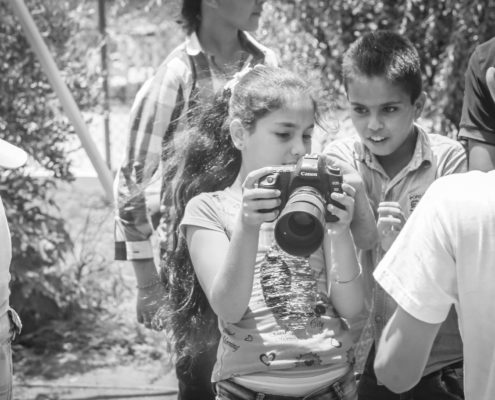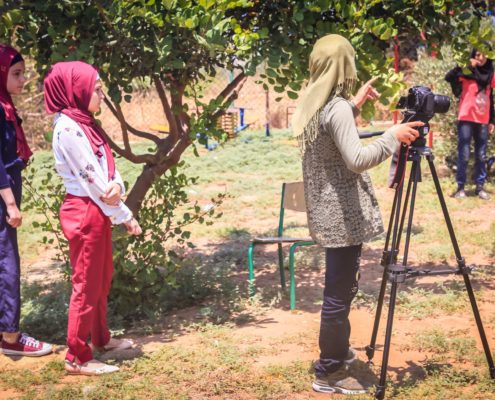CULTURAL RELIEF CONVOYS (CRCS)
This program aims to integrate cultural activities into the lives of refugee and marginalized communities, primarily those resident in Lebanon and Jordan, with some engagement with other Arab countries with large displaced or marginalized communities.
a. Cultural Relief Convoys
This program aims to integrate cultural activities into the lives of refugee and marginalized communities, primarily those resident in Lebanon and Jordan, with some engagement with other Arab countries with large displaced or marginalized communities.
Description
Cultural Relief Convoys are Action for Hope’s best known activity. Since the founding of Action for Hope we have conducted eight cultural relief convoys in Lebanon, Jordan and Egypt.
These cultural relief convoys reach thousands of people, with a focus on arts training. Alongside this we respond to other needs in the community, such as health needs, medical support and food provision. The cultural relief convoys are led by volunteers, these are generally acombination of professional artists, social workers, and doctors from Arab countries. In 2016 and 2017, Action for Hope organized two cultural relief convoys:
Cultural Relief Convoy in Al Hashmi Al Shamali, Amman, Jordan from 30 July until 14 August 2016:
This cultural relief convoy included workshops in theater, videography, photography, singing, and percussion, as well as first aid and health awareness training sessions, and a cooking competition. 150 participants attended the training from among Syrian, Iraqi and Palestinian refugee communities, and Jordanians living in Amman. As a follow-up to the convoy, an eight-day advanced video training workshop was organized in April 2017 for 13 of the young people who attended the convoy training.
Cultural Relief Convoy in Al Muhammara, Akkar, North Lebanon from 4 until 16 July 2017:
This cultural relief convoy focused on eight small Syrian refugee camps scattered around Al Muhammara town in Akkar. The Convoy activities were implemented by volunteers from Lebanon, Egypt, Tunisia, Jordan, Morocco, Sudan, and Palestine and included training programs in theater, puppet making, singing, photography and video film making. The convoy also included public health and first aid training for women, and a cooking competition.
A closing event showcased the results of all workshops: a photography exhibition, film screenings, a theatrical performance, and a short concert.and was held at Beit Al Fann in Tripoli in July to an audience of approximately 200.
Film-making and photography workshop in Al Muhammara, North Lebanon from 18 until 27 June 2018:
This Film-making and photography Workshop started on Sunday 18 June for 25 participants. The 11 to 17 year old trainees are from Lebanese and Syrian refugee communities, including 11 girls, and have all taken part in the activities of 2017 convoy. The trainers are: Hamdi Jouini from Tunisia, Musab Sahnoun from Sudan and Nadine Salib from Egypt.
The closing ceremony was held at Beit El Fann in Tripoli and was attended by the 23 trainees and their families. The trainees presented the artistic projects they completed during the workshop: two photography exhibitions and 3 short films.
b . Community Cultural C enters
Action for Hope has launched two community cultural centers in the Beqaa Valley in Lebanon, situated in close proximity to several informal refugee camps:
Ghazzeh Cultural Center: Founded in December 2016, this popular centre consists of a public library in arts and literature and a multipurpose hall with a regular cultural program of film screenings and small-scale performances. The center is the location of Action For Hope’s film training school and hosts regular film screenings and discussions, in collaboration with other organizations. It also hosts events organized by partners, . in 2017 this included film screenings as part of the Karama human rights film festival, in partnership with Oxfam. Also, Nadi Lekol Nas screened three films, then presented their work to the video school students.
Barr Elias Cultural Center: Founded in January 2017, this center houses the music school, the theater and storytelling training, and production programs. It’s a single-story building that includes a semi-covered outdoor theater seating 150 people and has hosted many events like music school graduate concerts and other theater, puppet and story-telling performances.



